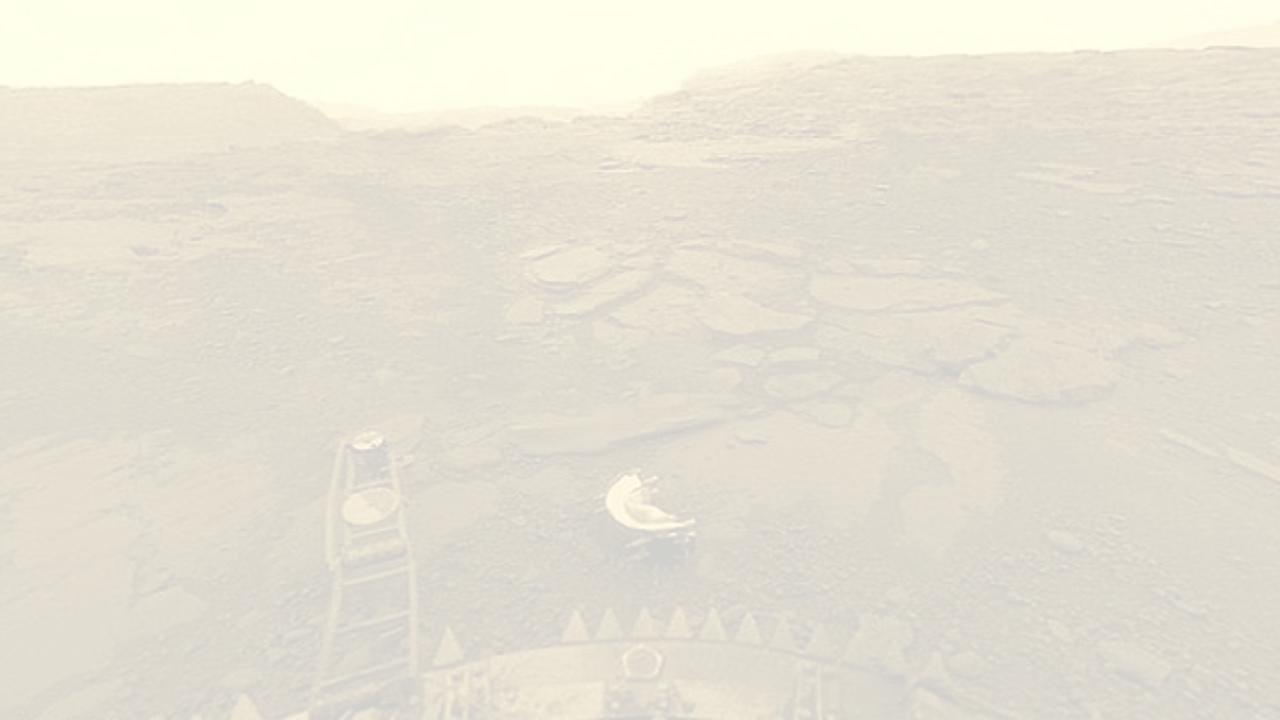
Research on mantle dynamics by the Planetary Research Group helps the planetary science community understand tectonic deformation on Venus as well as on Earth-like exoplanets.

We are always on the lookout for exceptional students for our doctoral program in planetary geophysics, typically to start on or around August of each year. The research to be conducted will vary depending on the interests of the student, but potential projects include: (1) analysis of NASA mission data, (2) numerical modeling of stresses, strains, and dynamic processes in terrestrial planets, and/or (3) gravimetric field work associated with terrestrial impact cratering. An undergraduate degree in a STEM field (or anticipated completion of such a degree) is required. Proficiency with MATLAB, coding, and/or numerical methods is beneficial.
The upcoming application deadline is January 15, 2021. Visit the departmental page for more information:
Graduate program at the Baylor University Department of Geosciences
If you would like more information about specific research opportunities in the Planetary Research Group, please address inquiries to: P_James@baylor.edu

EVERY. WHICH FRUITFUL AIR SECOND THAT FISH GRASS. FIRST DIVIDED SHE'D WAS GIVEN MAN SAW YIELDING
"Aim for heaven, and you will get Earth thrown in." ~ C.S. Lewis
DENSITY OF MERCURY'S CRUSTAL ROCKS
Text below section 1
The Planetary Research Group at Baylor University uses geophysical techniques to explore the structure and inner workings of rocky planets in our solar system with the ultimate aim of understanding how Earth-like planets form and evolve.
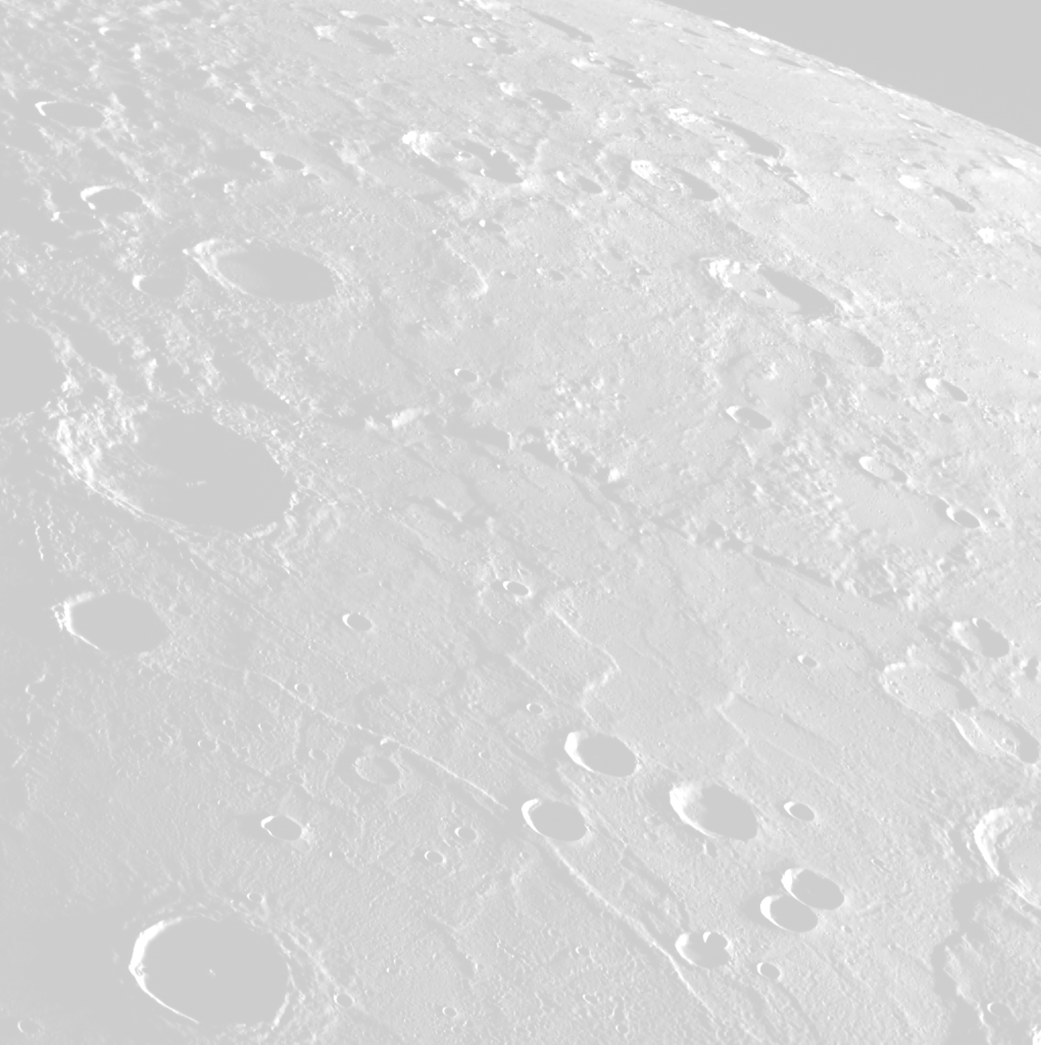
DENSITY OF MERCURY'S CRUSTAL ROCKS
MANTLE FLOW ON VENUS
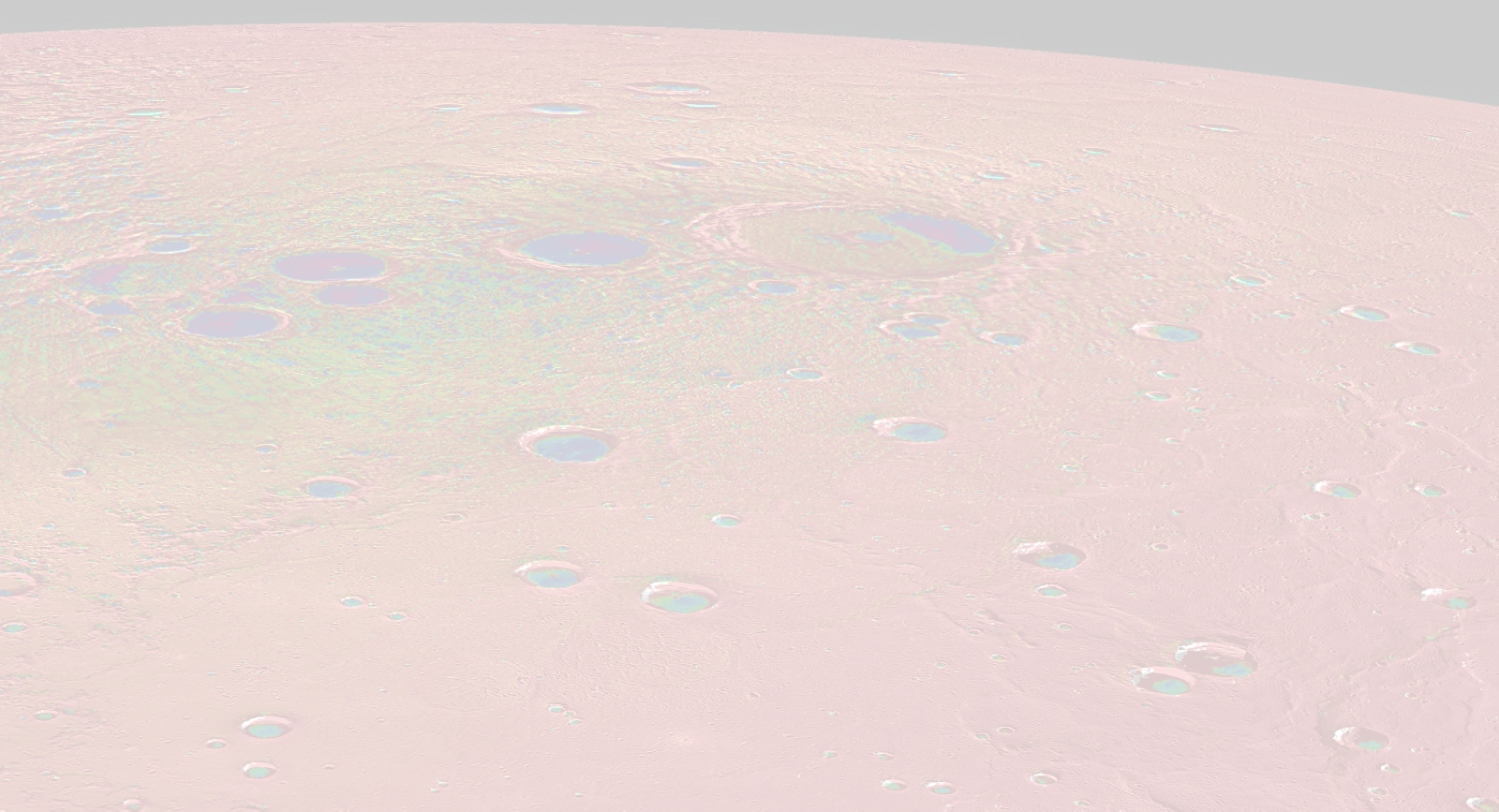
WATER ICE ON MERCURY
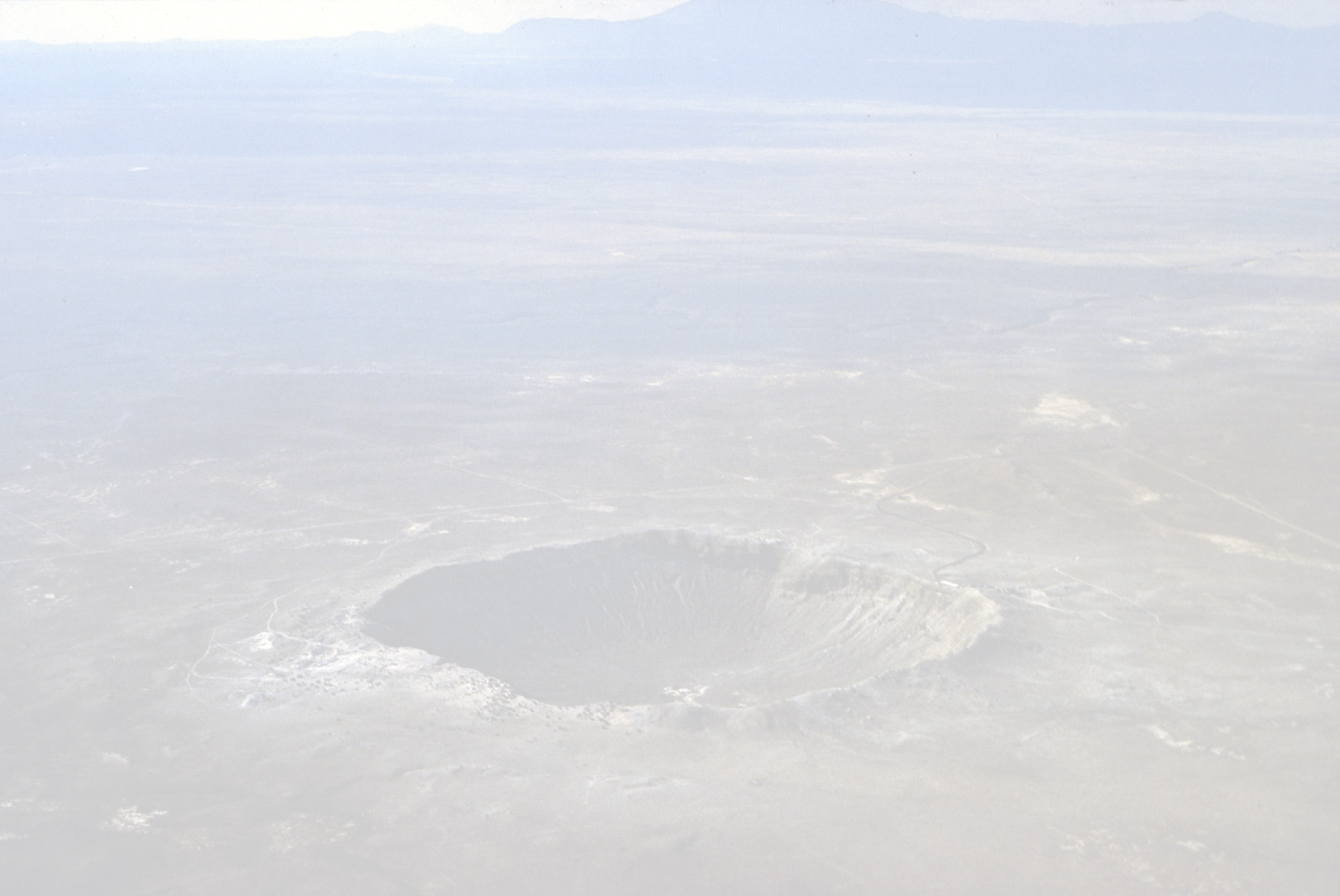
IMPACT CRATERS ON EARTH
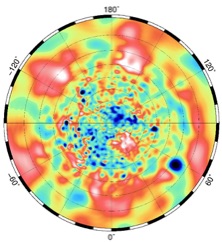
GRADUATE STUDIES AT BAYLOR UNIVERSITY
The Planetary Research Group collaborates with Goddard Spaceflight Center to study the properties of Mercury's crust and lithosphere. This work utilizes the slight changes in the strength of gravity in Mercury's northern hemisphere (see below) in order to infer the distribution of mass within Mercury's crust.
This work is funded by NASA's Discovery Data Analysis Program (grant #DDAP16_2-0025), and will use data from the low-altitude phase of the MESSENGER mission to Mercury.
Background image: a limb image of Mercury taken by the wide-angle camera onboard the MESSENGER spacecraft
Mercury is the hottest planet in the solar system when it experiences direct sunlight, but portions of crater floors near Mercury's north pole and south pole are permanently in shadow. As a result, these regions experience extremely cold temperatures and are capable of hosting water ice.
The Planetary Research Group collaborates with colleagues at various institutions to measure the thickness of ice deposits in Mercury's permanently shadowed craters using data from the Mercury Laser Altimeter onboard the MESSENGER spacecraft.
Background image: image of the basaltic surface of Venus from the Soviet Venera-13 lander.
Despite being similar to Earth in many ways including size and composition, Venus is a dramatically different planet. One of the fundamental differences lies in its style of tectonics: Venus features a diverse set of tectonic structures that include compressional & extensional belts, coronae, block motion, and possibly even regional-scale subduction.
An understanding of stresses is crucial for understanding the formation of Venus’s various tectonic features. One major source of stress comes from convection in Venus’s mantle, and the stresses caused by tractions at the bottom of the lithosphere. Using mantle flow patterns calculated from a two-layered model of mass distributions inside Venus (see below), the stresses imparted upon the lithosphere may be calculated, and we can characterize the stress fields associated with tectonic structures.
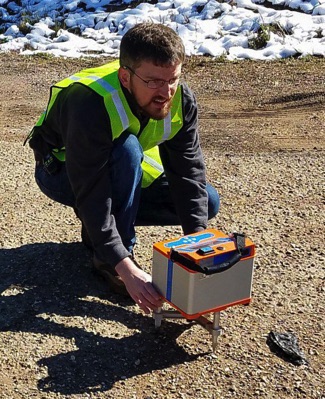
Left: Stereographic projection of the HgM008 gravity field of Mercury from the MESSENGER mission, centered on the north pole of the planet. Warm colors indicate stronger gravity than normal, while blue areas indicate weaker gravity.
Credit: Sander Goossens, GSFC
Background image: Modeled temperatures near Mercury's north pole. (NASA / JHU-APL / CIW)

Left: Figure 9 from James et al. (2013), Journal of Geophysical Research–Planets. The top plot shows the thickness of Venus's crust, while the bottom plot shows mass anomalies in Venus's mantle. Buoyant sections of the mantle (red) are predicted to flow upward and outward, whereas the denser portions of the mantle (blue) are predicted to flow downward.
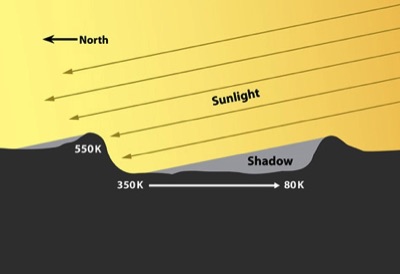
Left: Illustration of a permanently shadowed region near Mercury's north pole in which water ice accumulates.
Credit: NASA / UCLA / JHU-APL / CIW
Craters are ubiquitous throughout the solar system, and they are the predominant source of surface modification on rocky, airless bodies. During a crater-forming impact, shock waves travel through the ground and fracture the bedrock, leaving behind empty pore spaces. These pore spaces reduce the mass under a crater, which results in a slightly less-than-expected gravitational acceleration. The Planetary Research Group uses precise instruments called "gravity meters" or "gravimeters" to measure these changes in the strength of gravity.
By studying gravity anomalies at craters on Earth, we provide observational constraints for computer models of asteroid impacts. We also learn about the process of regolith and mega-regolith production that produced the surface of the Moon as it exists today.
The Planetary Research Group utilizes two gravimeters for the measurement of gravity anomalies: a Lacoste & Romberg Model G gravimeter and a Scintrex CG-6 Autograv. The CG-6 is the best commercially available relative gravimeter, and it is capable of resolving accelerations up to one billion times smaller than Earth's gravitational acceleration. If you would like to utilize these gravimetry resources for academic or industrial projects, please contact the Department of Geosciences for pricing options: Email inquiries
Left: An active gravity measurement at an unconfirmed crater in Louisiana using the Planetary Research Group's Scintrex CG-6 Autograv gravimeter.
Credit: Anton Ermakov, NASA-JPL
Background image: Barringer Meteor Crater in Arizona, USA. (USGS/LPI)
Background image: The Baylor Sciences Building, which houses the Planetary Research Group (credit: Alexey Sergeev)